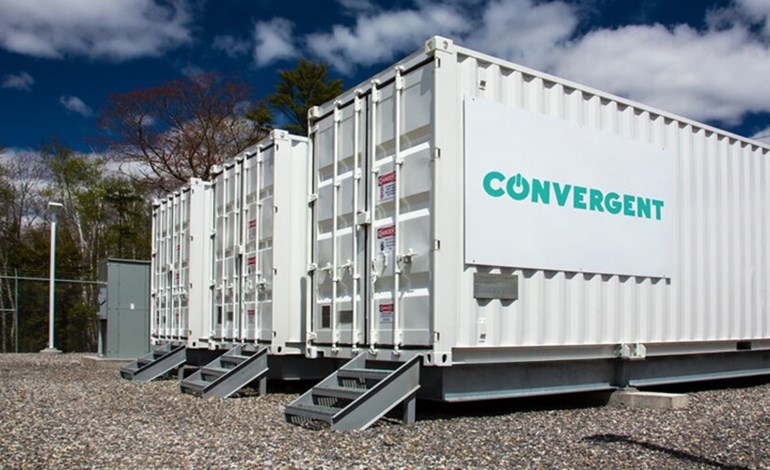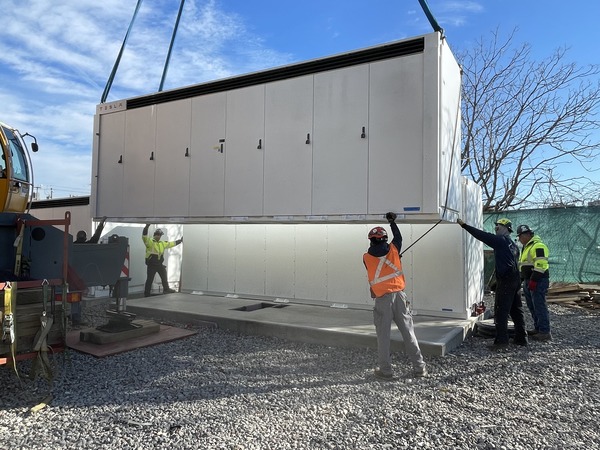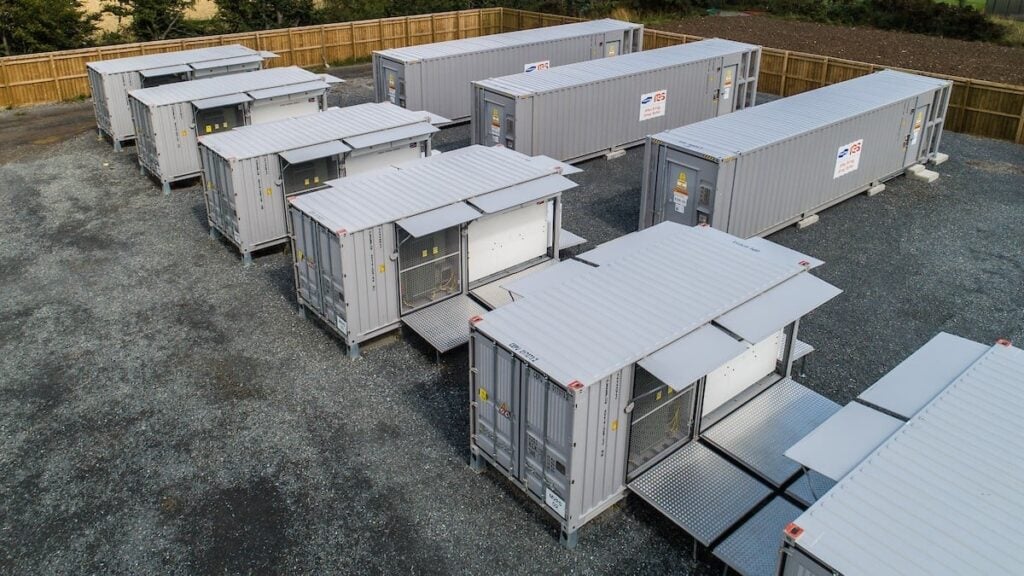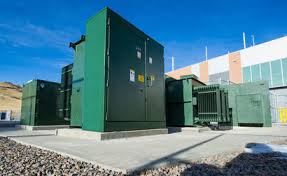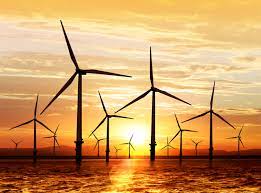
The first initiative, known as “Untrodden Mountains” and announced at November’s COP26 climate summit, will initially put six mountainous areas under protected status. The second, “1,000 Pristine Beaches,” is expected to launch later this year and will prohibit any new development or business activities on beaches put under strict environmental status.
“We want to build a shield against the climate crisis and these large undisturbed areas are the best carbon stores,” Deputy Environment and Energy Minister Georgios Amyras told POLITICO. “We will leave those places to the next generations in the same way that our grandparents walked them or swam in them.”
Among the first six mountainous areas to be selected are Mount Saos, the highest peak in the Aegean and home to a native daisy variety; Tymfi, in northwestern Greece, home to a rare species of wild goat; and Smolikas, one of the world’s most important biotopes for vultures.
The ministry is currently reviewing research by the University of Ioannina to determine what areas can be included in future, based on their biodiversity, among other factors, said Amyras.
Activist groups have welcome the effort, but warn that it is not nearly enough to protect fragile ecosystems and natural habitats that have been disrupted by the rapid construction of wind farms — including in areas that are part of the European Union’s Natura 2000 network of protected areas.
“Untrodden Mountains is a move in the right direction, as it recognizes the problem, but hides political expediency,” said Christos Fasoulas, an activist and member of the Citizens Network for the Protection of Agrafa, a mountain range on the mainland. He sees the government’s recent conservation efforts as a bid to appease growing opposition to the construction of wind farms.
The government, campaigners say, has been destroying the country’s biodiversity in its effort to meet its emission reduction targets.
Greece has pledged to produce 19 gigawatts of its power from renewables by 2030, including 7.5 GW from wind, on the way to meeting the EU target of slashing emissions by 55 percent by 2030 and becoming climate neutral by 2050. Wind power production already exceeds 4 GW.
Local resistance
Local campaign groups have multiplied in recent years, as have the number of anti-wind farm protests, including on the island of Tinos, where riot police were called to forcibly remove protesters on several occasions.
The movement has racked up several victories: The energy ministry halted the construction of two wind farms in the Agrafa and Plastira regions and paused plans to build wind turbines on 14 uninhabited islets in the Aegean Sea that are home to species of rare birds.
“It is an environmental crime and political curse in perpetuity,” said Panagiotis Nanos, mayor of Plastiras Lake in central Greece, who has vowed to fight the installation of wind farms in the area.
“Renewables have to be part of the country’s energy policy, but their development must be based on a national spatial plan, always based on environmental protection and respect for the history of the place,” he said.
The Court of Justice of the EU has condemned Greece for failing to set conservation targets for protected habitats, a process that should have been completed by 2012. Last year, 13 NGOs filed a complaint to the European Commission about a series of breaches of EU nature legislation, including delays in protection measures at Natura 2000 sites.
Greece’s lag in implementing EU nature legislation creates a legal loophole that allows for a large number of wind farm permits to be issued, despite their potential for damaging the environment, said Fasoulas.
According to a survey by the University of Ioannina, if all the wind farms that completed the first stage of licensing in 2021 were to become operational, the country would far exceed its wind power targets for both 2030 and 2050.
Researchers called on the environment ministry to temporarily stop approving any new applications and to conduct more research on potential environmental implications.
They also urged the ministry to only approve wind farms in areas that don’t belong to the Natura 2000 network and to give priority to installing wind turbines in areas that already have a dense road network. It wants to see the government withdraw wind farms installed in protected areas that have been shown to cause environmental damage.
According to Amyras, the deputy minister, only about 3 percent of applications submitted lead to the construction of actual wind farms.
The government is also drawing up a spatial plan for renewables, as well as special environmental studies for protected areas, said Amyras. These will set the framework for where renewables can be placed and how to assess their environmental impact.
The government is intent on moving ahead with its plans to expand wind power, despite pockets of local resistance.
“Our country wants renewables, we want cheap, green clean energy,” he said. “Natura areas are not no-go zones.”
